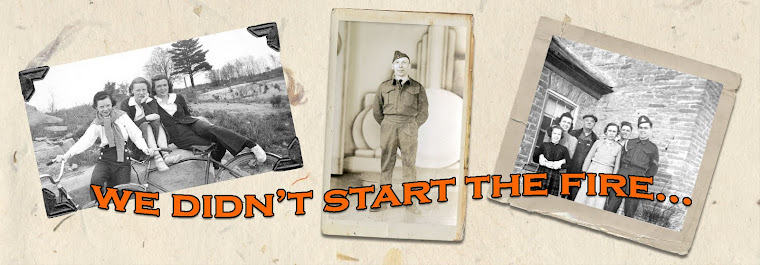Along with the sky exhibit, there is another group project that Public History students are working on. This time, in co-operation with Museum London, we are creating three different modules for Eldon House using SMARTBoard Technology. SMARTBoards are sort of like interactive white boards or PowerPoint presentations. Each module will be used for the museum's educational programming and will be presented to elementary school children of the Thames Valley District School Board.
My group has been working on the Rebellion of 1837 module for about seven months now and we are getting closer to the final project each week. I am responsible for the Rebellion in the London District and as a result, I learned a great deal of local history. The Duncombe Rising to the east of London is a topic of which most elementary students and the general public might not be aware. Similarly, the meeting that took place in London's Flannagan's Tavern on 11 December, 1837 yielded the rebel's resolution to protect the city from further Loyalist influence is a wonderful piece of local history that needs more attention.
Thankfully, Museum London has invested a large chunk of money into SMARTBoards and is bringing these histories to children and the public in an interesting and digital manner. For example, the technology has allowed me to turn an archived painting into a sliding puzzle. London's Barracks (1842) by Henry Francis Ainslie has been transformed into an interactive puzzle that teaches children about the consequences of the Rebellion (London received the barracks after the rebels were put down).
I look forward to working with things like SMARTBoard in the future as they are great tools that can increase interest in local and Canadian history. I encourage you to check out the sliding puzzle I made and you can learn a little bit about the way London looked in the mid - 19th century during the construction of the barracks at what is now Victoria Park.
Here's the link! It's available for one month.
